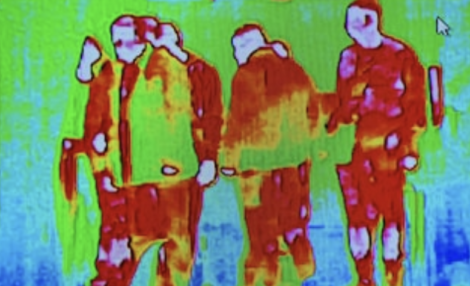Hazardous materials are significant in the daily activities of the society. There is an increase in the demand for hazardous materials such as fuels, cleansers, medicines, among others.
Therefore, when shipping such dangerous materials, it is vital to comply with various hazmat regulations that guide handling, transportation, and waste management.
Several third-party logistics companies have invested in transporting hazardous materials to various clients across the world. In the United States, 3PL giants such as Hazmat Hub provide various services regarding logistics and supply chain management of hazardous materials.
The company does this through the utilization of modern technology of handling, shipping, and determination of client geolocation information.
Statistical evidence shows that hazardous materials are vital for various functional units of any economy.
For instance, the United States of America ships over 3 billion tons of hazardous material every year. Full track Lories (FTL) and Less-Than-Truckloads (LTL) transport the largest portions of the shipped hazardous materials.
The two modes of transportation ship about 93% of the hazardous materials to various destinations in the USA.
The Necessary Hazmat Documentation When Shipping
Often, the processes of shipping hazmat involve a lot of risks and dangers to the shippers and, more significantly, to the environment.
Because of such risks, shippers require proper certification from relevant authorities, including 3PL companies that handle hazmat shipments.
Here are some of the vital documents that you should have to transport Hazmat.
1. Shipping Form Flags for Hazmat
Hazmat shipping form flags are pressures sensitive labels that help in giving a quick message about your hazardous shipments.
Such labels are conspicuous and allow proper and real-time tracking of the Hazmat you are transporting.
2. Multi-Modal Dangerous Goods Form
Often, Hazmat shipment companies require documents of this nature in an event where means of shipping hazardous goods involve multiple means of transport such as air, boat, and trucks. Such forms are essential in easing the transition of hazardous material.
3. Straight Bill of Landing
Transport authorities require shippers to provide a straight bill of landing documents in events where shipments contain mixtures of hazardous and non-hazardous materials.
Therefore, these types of documents play fundamental roles in outlining the differences between hazardous and non-hazardous materials concerning shipment packages.
4. Uniform Hazardous Waste Manifest
Often, waste from hazardous materials is harmful to your health and the general environment.
Therefore, regulatory bodies require shippers to have documents of this kind, that expose information about the material, handling instructions, material sources, and signatures of all parties that are relevant to the preparation and delivery of hazmat shipments.
That is why it is essential to use a company like Hazmat Hub, which complies with all the state and federal regulations.
5. IMO Dangerous Goods Declaration
Alongside other documents, IMO declarations play significant roles in providing reliable information regarding the commodities, shippers, point of origin, final destination, and material hazard classifications.
Such details enable authorities to have insights about hazmat shipments and to determine whether shippers comply with relevant statutory provisions.
By using a 3PL company such as Hazmat Hub, you can rest assured that your shipment will get to its destination in perfect condition.
Final thoughts
Hazardous materials are vital commodities that form the basis for development in the society. There are needs to find reliable shippers like Hazmat Hub for such commodities since they are risky, dangerous, and at the same time, on high demand.
However, it is also essential for shippers to comply with the set regulations, including acquiring various documents for proper verification.

